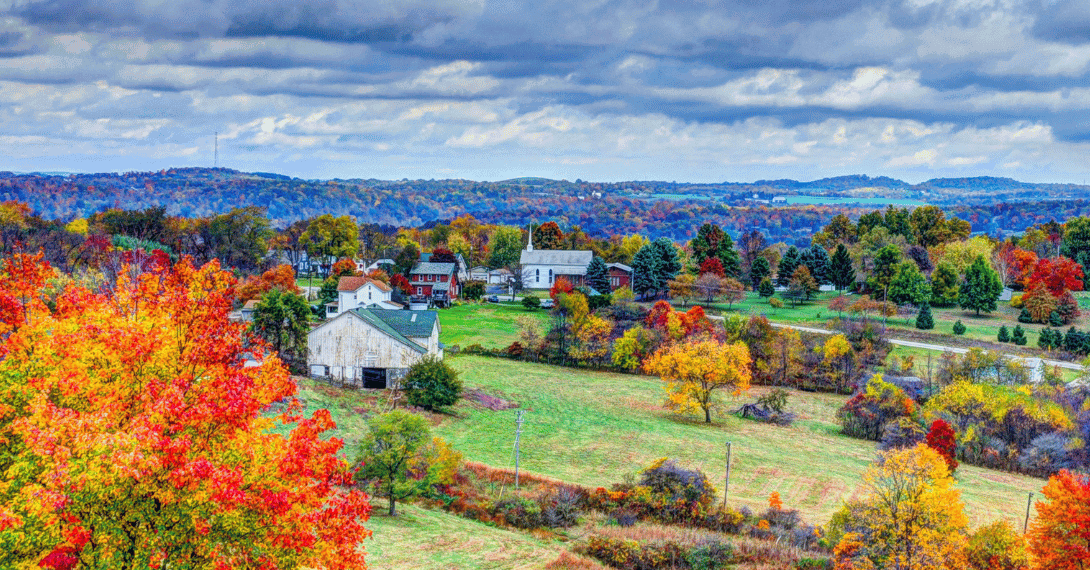Hydrangeas are popular ornamental shrubs known for their beautiful, showy blooms. Properly pruning hydrangeas is essential to maintain their health, shape, and flowering ability. In this guide, we'll explore the different types of hydrangeas and provide tips on how to prune them effectively. If you're unsure about the pruning process, it's always a good idea to consult with professionals like Strobert Tree Services to ensure your hydrangeas thrive.
Identify Which Type of Hydrangea You Have
Before you start pruning your hydrangeas, it's crucial to determine the specific type you have. Different hydrangeas require different pruning techniques because they bloom on either old wood or new wood. Here are the two primary types:
Pruning Hydrangeas That Bloom on Old Wood
Hydrangeas that bloom on old wood produce flower buds in the previous year. These buds overwinter on the branches, so pruning them too late in the season or during the wrong time can result in fewer blooms. Common hydrangea varieties in this category include the Bigleaf (Hydrangea macrophylla) and Oakleaf (Hydrangea quercifolia).
Pruning Hydrangeas That Bloom on New Wood
Hydrangeas that bloom on new wood produce flower buds on the current year's growth. These can be pruned in late winter or early spring before new growth begins. Varieties that belong to this group include the Smooth (Hydrangea arborescens), Panicle (Hydrangea paniculata), and Mountain (Hydrangea serrata) hydrangeas.

How Far Back Should You Prune Hydrangeas?
When pruning hydrangeas, the general rule of thumb is to remove no more than one-third of the total growth each year. This practice helps maintain the plant's overall health while encouraging robust flowering. Excessive pruning can stress the hydrangea and potentially reduce its ability to produce flowers.
How to Prune Bigleaf Hydrangeas
Bigleaf hydrangeas, known for their large mophead or lacecap blooms, fall into the category of hydrangeas that bloom on old wood. Here's how to prune them:
- Prune Dead Wood: Remove any dead or damaged wood in late winter or early spring. Cut these branches back to the base of the plant.
- Shape the Plant: After the first flush of blooms in late spring or early summer, you can shape the plant by selectively removing a few of the longest stems. Trim them back to a pair of healthy buds.
- Deadhead Spent Blooms: As the blooms fade, deadhead by cutting the stem just below the spent flower head. This encourages new growth and potential reblooming.
How to Prune Oakleaf Hydrangeas
Oakleaf hydrangeas also bloom on old wood. Follow these steps for proper pruning:
- Remove Dead or Diseased Wood: Inspect the plant for any dead or diseased branches in late winter or early spring. Prune them back to the base or a healthy set of buds.
- Thin Out Weak Growth: To improve air circulation and light penetration, selectively remove a few of the weakest stems. Trim them back to the base.
- Maintain Natural Shape: Oakleaf hydrangeas have an attractive, natural shape. Avoid heavy pruning; focus on removing problem branches and spent blooms.
How to Prune Smooth Hydrangeas
Smooth hydrangeas bloom on new wood and are relatively easy to prune. Here's what to do:
- Prune in Late Winter or Early Spring: Before new growth begins, prune the plant about 6-12 inches from the ground. This encourages vigorous new growth and abundant flowers.
- Remove Dead or Weak Stems: Remove any dead or weak stems while pruning to promote a healthy framework for new growth.
How to Prune Panicle Hydrangeas
Panicle hydrangeas bloom on new wood and can tolerate heavy pruning. Follow these steps:
- Prune in Late Winter or Early Spring: Like smooth hydrangeas, prune panicle hydrangeas in late winter or early spring. Cut them back to about 12-24 inches above the ground.
- Shape the Plant: To maintain a pleasing shape, selectively remove some of the older stems, cutting them back to a pair of healthy buds.
How to Prune Mountain Hydrangeas
Mountain hydrangeas are similar to bigleaf hydrangeas and bloom on old wood. Here's how to prune them:
- Remove Dead or Damaged Wood: Inspect the plant for dead or damaged branches in late winter or early spring and prune them back to the base or a healthy bud.
- Deadhead Spent Blooms: After the initial bloom in late spring or early summer, deadhead the spent flowers to encourage new growth and potential reblooming.
Contact Strobert Tree Services
While these pruning guidelines provide a solid foundation, it's essential to consider the specific needs of your hydrangeas. If you're uncertain or need assistance pruning your hydrangea tree, please contact Strobert Tree Services. Our arborists have the expertise to ensure your hydrangeas flourish and continue to grace your garden with their beautiful blooms.











